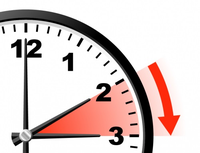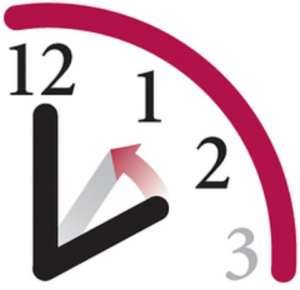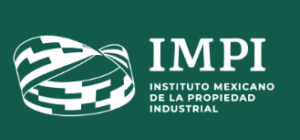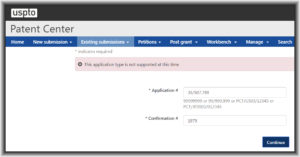 It’s that time of year again. The time of year when it is important to keep track of the fact that Daylight Saving Time is different in Switzerland from the way it is in the United States. This is important because you might be in the US, and you might be e-filing some document with the International Bureau of WIPO. For the next two weeks (until March 27), the drop-dead time for e-filing a document at the IB is an hour later than usual. Usually, to get a same-day filing date at the IB, an American filer would have to complete the e-filing by 4PM Mountain Time (which is midnight in Geneva). But for the next two weeks, you get an extra hour. You could complete the e-filing by as late as 5PM Mountain Time and it would still be a same-day filing date.
It’s that time of year again. The time of year when it is important to keep track of the fact that Daylight Saving Time is different in Switzerland from the way it is in the United States. This is important because you might be in the US, and you might be e-filing some document with the International Bureau of WIPO. For the next two weeks (until March 27), the drop-dead time for e-filing a document at the IB is an hour later than usual. Usually, to get a same-day filing date at the IB, an American filer would have to complete the e-filing by 4PM Mountain Time (which is midnight in Geneva). But for the next two weeks, you get an extra hour. You could complete the e-filing by as late as 5PM Mountain Time and it would still be a same-day filing date.
This might affect you because you are e-filing a PCT patent application at RO/IB. This might affect you because you are e-filing a Hague Agreement design application at the IB. This might affect you because you are paying a set of Madrid Protocol renewal fees at the IB. Or maybe you are filing an Article 19 amendment or a Demand at the IB.
Most readers of my blog will appreciate that the correct terminology is not “Daylight Savings Time” but “Daylight Saving Time”.
Many readers will also appreciate that EU has been trying and trying to bring this to an end. There have also been largely feckless efforts in various states of the US to bring an end to this clock-changing. I personally would like it if the place where I am located, and the places where patent and trademark offices are that I care about, would all bring an end to clock-changing.





